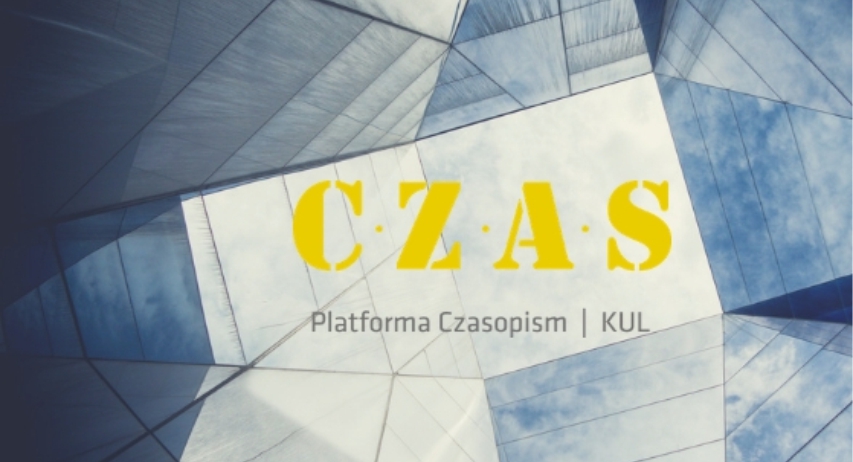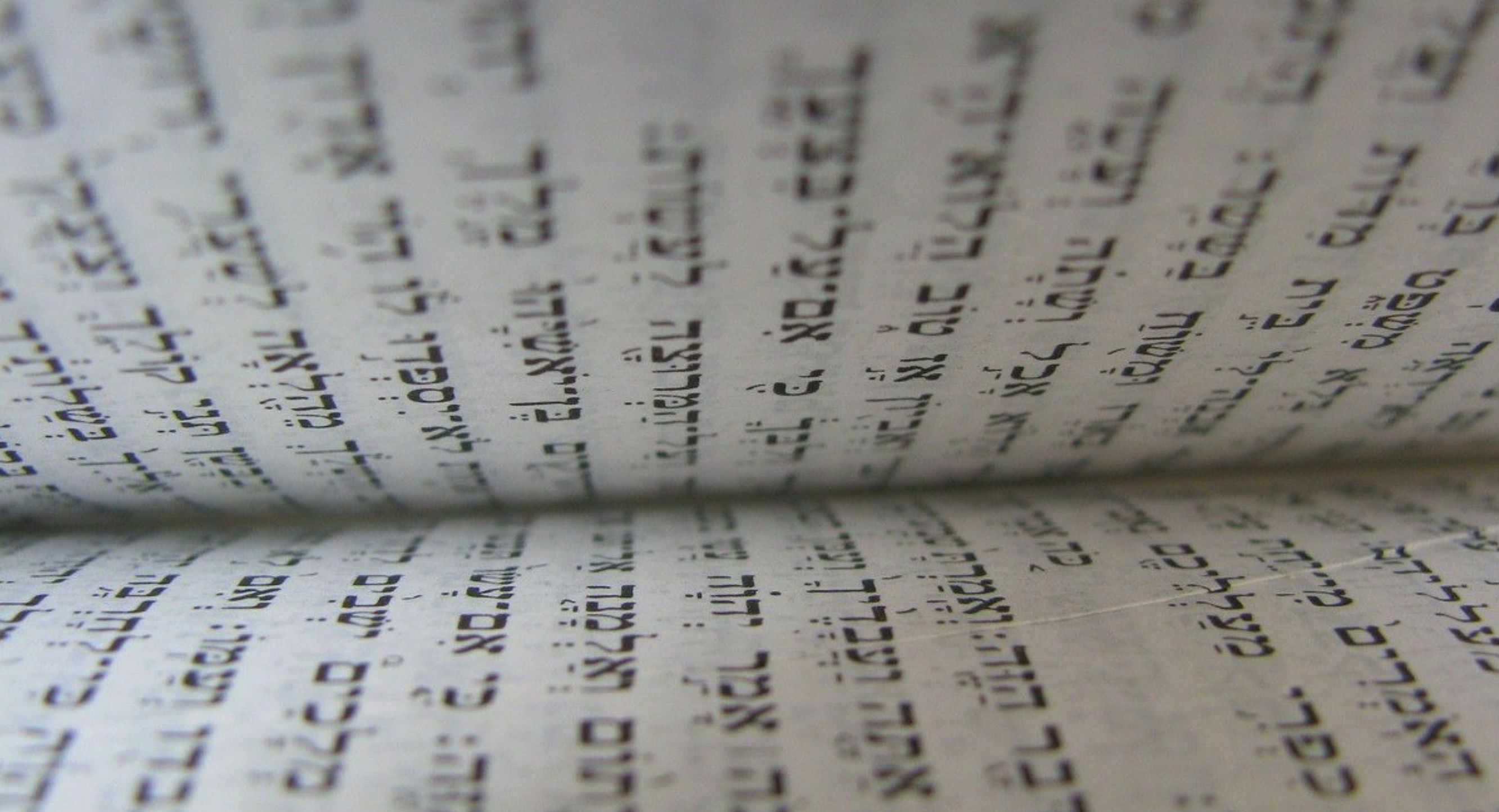In-between Calvinism and Islam: Ali Bey's Transcultural Translation of the Bible into Turkish in the Time of Confessionalization
Agnieszka Ayşen Kaim
Institute of Slavic Studies Polish Academy of Sciences , Polandhttps://orcid.org/0000-0002-5839-4191
Abstract
Albertus Bobovius/Ali Ufkî Bey was a typical go-between of his time, a learned translator and convert who benefited from his double religious sensitivity. As a consequence, he was able to create a transcultural translation of the Bible in the 17th century. This paper brings context to these aspects of his life. Ali Ufkî Bey created his works on religion during a time of intensive confessionalization, when Istanbul was a hub for many political interests with various religious and cultural options intersecting in the Ottoman capital. The project of translating the Bible to the national languages of Islam was carried out according to the vision of an alliance between Islam and reformed Christian groups, supporting the thesis of Calvino-Turkism, promoted by John Amos Comenius. As oriental scholars were lacking sufficient command of Turkish, they had to commission highly qualified go-betweens. There were two competing plans: Dutch Calvinist and Anglican. Bobovius was a part of the Dutch plan, along with Yahya Bin Ishak, a Jewish dragoman. The strategies of translation chosen by Bobovius were very modern according to the present knowledge of the art of translation, but in his era, there were difficulties in choosing the right language register and the right religious imagery to find proper equivalents. Underestimated by his contemporaries, Bobovius was rehabilitated by today’s linguists, and his “Turkish Bible” is still in use today. The text does not contest the religious identity of the author of this translation of the Bible but presents the hybridity of this figure against the background of the wider historical and confessional context of 17th-century Istanbul. It also provides examples of Bobovius’s translation choices and an initial interpretation of his methodology of timeless transcultural translation, from the perspective of contemporary translation theories. In the light of contemporary transcultural studies, present-day scholarship may treat Ali Ufkî as a transcultural agent and a gifted go-between.
Keywords:
confessionalization, Calvino-Turcism, equivalent, transcultural agent, Turkish BibleReferences
Abrahamowicz, Z., “Otwinowski Samuel h. Gryf,” Polski słownik biograficzny (Wrocław: Zakład Narodowy im. Ossolińskich 1979) XX.IV, 648–649.
Ali Bey, Quatuor prima capita Geneseos Turcice et Latine. Ex gemino Pentateuchi Mosaici mss. Codice Turcico ervit. Latine vertit notulasque adspersit (ed. N.W. Schröder) (Lepizig: Literis Takkianis 1739) (= Ali Bey 1664).
Balta, E. – Kappler, M. (eds.), Cries and Whispers in Karamanlidika Books. Proceeding of the First International Conference on Karamanlidika Studies (Nicosia, 11th–13th September 2008) (Wiesbaden: Harrassowitz 2010).
Behar, C., Musıkiden Müziğe. Osmanlı/Türk Müziği: Gelenek ve Modernlik (İstanbul: Yapı Kredi Yayınları 2005).
Behar, C., Saklı Mecmua. Ali Ufkî’nin Bibliothèque Nationale de France’taki [Turc 292] Yazması (İstanbul: Yapı Kredi Yayınları 2008).
Bennassar, B. – Bennassar, L., Les Chrétiens d’Allah. L’ histoire extraordinaire des renégats (XVIe et XVIIe siècles) (Paris: Perrin 2006).
Biblia Sacra sive Testamentum Vetus ab Im. Tremellio et Fr. Iunio ex Hebraeo Latinè redditum et Testamentum Novum à Theod. Beza è graeco in Latinum versum (Amsterdam: apud Guiljel. Janssonium Caesium 1628).
Bielski, M., Kronika Marcina Bielskiego (Sanok: Turowski – Pollak 1856) III, https://www.bibliotekacyfrowa.pl/dlibra/publication/36249/edition/41556/content [access: 11.02.2019].
Bobovius (Ali Bey), A., Saray-ı Enderun Topkapı Sarayında Yaşamı (trans. T. Noyan) (Ankara: Kitapyayınevi 2013) (= Bobovius 1664).
Braude, B., “Introduction,” Christians and Jews in the Ottoman Empire. The Abridged Edition (ed. B. Braude) (Boulder, CO: Rienner 2014) 1–49. (Crossref)
Braudel, F., The Mediterranean and the Mediterranean World in the Age of Philip II (Berkeley, CA: University of California Press 1995) I.
Cardini, F., Europa a islam. Historia nieporozumienia (trans. B. Bielańska) (Kraków: Wydawnictwo Uniwersytetu Jagiellońskiego 2006).
Cooper, A.A., The Story of the (Osmanlı) Turkish Version, with a Brief Account of Related Versions (London: British & Foreign Bible Society 1901) http://www.dlir.org/archive/archive/files/cbcb4c6b3a8301211a475ad-8cefc9028.pdf [access: 2.12.2022].
Flemming, B., “Zwei türkische Bibelhandschriften in Leiden als mittelosmanische Sprachdenkmäler,” Wiener Zeitschrift für die Kunde des Morgenlandes 76 (1986) 111–118.
Graf, T.P., The Sultan’s Renegades. Christian-European Converts to Islam and the Making of the Ottoman Elite, 1575–1610 (Oxford: Oxford University Press 2017). (Crossref)
Haug, J.I., “Surmounting Religious, Musical and Linguistic Frontiers: ‘Alī Ufqī’s Translation of the Genevan Psalter (c. 1665) as a Transcultural Achievement,” La frontière méditerranéenne du XVe au XVIIe siècle. Échanges, circulations et affrontements (eds. B. Heyberger – A. Fuess – P. Vendrix) (Turnhout: Brepols 2013) 375–392. (Crossref)
Haug, J.I., , “Being More than the Sum of One's Parts: Acculturation and Biculturality in the Life and Works of Ali Ufukî,” Archivum Ottomanicum 33 (2016) 179–191.
Haug, J.I., “Medical Knowledge in ‘Alī Ufuḳī’s Musical Notebook (Mid-17th Century),” Intellectual History of the Islamicate World 6 (2018) 117–143. (Crossref)
Hyde, T. (ed.), Tractatus Alberti Bobobii de Turcarum Liturgia, peregrinatione meccana, circumcisione, aegrotarum visitatione, etc. (Oxford: Theatrum Sheldonianum 1690). Printed in English as Albertus Bobovius, “A Treatise Concerning the Turkish Liturgy,” Four Treatises Concerning the Doctrine, Discipline and Worship of the Mahometans (London: Printed by Darby for Lintott 1712) 109–150.
Kafadar, C., Between Two Worlds. The Construction of the Ottoman State (Berkeley, CA: University of California Press 1995). (Crossref)
Kaim, A.A., “Kręte drogi sufich. Turecko-bałkańskie wątki sufickiej koncepcji „drogi” we współczesnej odsłonie (na wybranych przykładach literackich) [The Twisting Paths of the Sufis – The Turkic-Balkan Motifs in the Sufi ‘tariqa’ Concept in Selected Examples of Contemporary Literary Works],” Slavia Meridionalis 17 (2017) 1–23, https://doi.org/10.11649/sm.1437. (Crossref)
Kaim, A.A., Ludzie dwóch kultur. Wybrane przypadki transgresji kulturowej Polaków w Imperium Osmańskim w XVII, XVIII i XIX wieku [People of Two Cultures – selected cases of cultural transgression of Poles in the Ottoman Empire (17th–19th c.)] (Warszawa: ISPAN 2020).
Kieffer, J.D., (ed.), Kitab ül-ahd el-atik 134 (The Book of the Old Testament) and Kitab ül-ahd el-cedid el- mensub ila Rabbina İsa el-Mesih 135 (The Book of the New Testament of Our Lord Jesus Christ) (trans. Albertus
Bobovius or Ali Bey; revised H.F. von Diez – J.D. Kieffer) (Paris: British & Foreign Bible Society, at the Imprimérie Royal 1819).
King James Bible, https://www.kingjamesbibleonline.org [access: 1.03.2023].
Krstić, T., Contested Conversions to Islam. Narratives of Religious Change in the Early Modern Ottoman Empire (Stanford, CA: Stanford University Press 2011). (Crossref)
Kunt, M., “Turks in the Ottoman Imperial Palace,” Royal Courts in Dynastic States and Empires. A Global Perspective (eds. J. Duindam – T. Artan – M. Kunt) (Leiden – Boston, MA: Brill 2011) 289–312, www.jstor.org/stable/10.1163/j.ctt1w8h2rh.18 [access: 4.02.2020]. (Crossref)
Levy, J., “Translation as a Decision Process,” To Honor Roman Jakobson. Essays on the Occasion of His Seventieth
Birthday, 11th October 1966 (ed. J. Levy) (Hague: Mouton 1967) II, 1171–1182.
Lewis, B., From Babel to Dragomans. Interpreting the Middle East (Oxford: Oxford University Press 2004).
Malcolm, N., “Comenius, Boyle, Oldenburg, and the Translation of the Bible into Turkish,” Church History and Religious Culture 87/3 (2007) 327–362, https://www.jstor.org/stable/23922674 [access: 15.12.2019]. (Crossref)
Mansel, P., Constantinople. City of the World’s Desire, 1453–1924 (New York: St Martin’s Press 1996).
Minkov, A., Conversion to Islam in the Balkans. “Kisve Bahası” Petitions and Ottoman Social Life, 1670–1730 (The Ottoman Empire and Its Heritage 30; Leiden: Brill 2004). (Crossref)
Morawski, S., Arjanie polscy (Lwów: author’s edition 1906).
Neudecker, H., The Turkish Bible. Translation by Yahya Bin Ishak, Also Called Haki (1659) (Leiden: Oosters Instituut 1994).
Neudecker, H., “A 17th Century Jew Demanding his Due,” Journal of Turkish Studies 26/2 (2002) 155–158. (Crossref)
Neudecker, H., “From Istanbul to London? Albertus Bobovius’ Appeal to Isaac Basire,” The Republic of Letters and the Levant (eds. A. Hamilton – M.H. van den Boogert – B. Westerweel) (Leiden – Boston, MA: Brill 2005) 173–196. (Crossref)
Nida, E., “Principles of Correspondence,” The Translations Studies Reader (ed. L. Venuti) (New York: Routledge 2000) 153–167.
Nida, E., “Principles of Translation as Exemplified by Bible Translating,” On Translation (ed. R.A. Brower) (New
York: Oxford University Press 1966) https://m.tau.ac.il/tarbut/tirgum/nida_tir.htm [access: 4.02.2020].
Paker, S., “Terceme, te’lîf ve özgünlük Meselesi,” Eski Türk edebiyatı çalışmaları IX: metnin hâlleri: Osmanlı’da telif, tercüme ve şerh kitabı içinde (ed. H. Koncu) (İstanbul: Klasik 2014) 36–71.
Peirce, L., “Polyglottism in the Ottoman Empire: A Reconsideration,” Braudel Revisited. The Mediterranean World, 1600–1800 (eds. G. Piterberg – T.F. Ruiz – G. Symcox) (Toronto: University of Toronto Press 2010) 76–97. (Crossref)
Privratsky, B.G., A History of Turkish Bible Translations. Annotated Chronology with Historical Notes and Suggestions for Further Research, author’s pre-edition (2014) https://historyofturkishbible.files.wordpress.com/2014/03/turkish-bible-history-version-s-in-preparation.pdf [access: 9.12.2018].
Reinkowski, M., “Hidden Believers, Hidden Apostates. the Phenomenon of Crypto-Jews and Crypto-Christians in the Middle East,” Converting Cultures. Religion, Ideology and Transformations of Modernity (ed. D. Washburn) (Leiden – Boston, MA: Brill 2007) 409–433. (Crossref)
Rothman, E.N., “Interpreting Dragomans: Boundaries and Crossings in the Early Modern Mediterranean,” Comparative Studies in Society and History 51/4 (2009) 771–800. (Crossref)
Rothman, E.N., Brokering Empire. Trans-Imperial Subjects between Venice and Istanbul (Ithaca, NY: Cornell University Press 2011). (Crossref)
Rothman, E.N., “Dragomans and ‘Turkish Literature’: The Making of a Field of Inquiry,” Oriente Moderno 93/2 (2013) 390–421. (Crossref)
Strauss, J., “Is Karamanli Literature Part of a ‘Christian-Turkish (Turco-Christian) Literature’?,” Cries and Whispers in Karamanlidika Books. Proceeding of the First International Conference on Karamanlidika Studies (Nicosia, 11th – 13th September 2008) (eds. E. Balta – M. Kappler) (Wiesbaden: Harrassowitz 2010) 153–200.
Tazbir, J., “Walka z Braćmi Polskimi w dobie kontrreformacji,” Odrodzenie i Reformacja w Polsce 1 (1956) 165–207.
Tezcan, B., “İbrâhîm Müteferrika ve Risâle-i İslâmiyye,” Kitaplara Vakfedilen Bir Ömre Tuhfe. İsmail E. Erünsal’a Armağan (eds. H. Aynur – B. Aydın – M. Birol Ülker) (İstanbul: Ülke Yayınları 2014) I, 515–556.
Tommasino, P.M., “Travelling East, Writing in Italian Literature of European Travel to the Ottoman Empire Written in Italian (16th and 17th Centuries),” Philological Encounters 2 (2015) 1–24.
Toprak, F., XVII. Yüzyıla Ait Bir İncil Tercümesi. İnceleme – Metin – Sözlük (Ankara: Türkiye Diyanet Vakfı Matbaası 2006).
Venuti, L., The Translator’s Invisibility. A History of Translation (London – New York: Routledge 2008).
Institute of Slavic Studies Polish Academy of Sciences https://orcid.org/0000-0002-5839-4191
License

This work is licensed under a Creative Commons Attribution 4.0 International License.
- Pursuant to the Act on Copyright and Related Rights of February 4, 1994, the Author of the publication grants to the Publisher of the journal „The Biblical Annals” e a non-exclusive and royalty-free license to use the Work submitted for publication, without time and territorial restrictions in the following fields of use:
a) record the Work and copy it by means of any technique (including printing and electronic recording) on all known data carriers (including IT, electronic and polygraphic), and in all IT systems (in particular those available online);
b) enter the Work into computer memory, disseminate the Work and its copies, as well as market the Work and its copies;
c) publicly perform, replay, display and screen the Work, as well as lend, rent and lease the Work and its copies;
d) make available, market and disseminate the Work and its copies via IT networks, and in particular via the Internet, including the promotion or advertising of the Work, the journal or the Publisher. - The Author shall further grant his/her consent for the Publisher to use and dispose of derivative works.
- The Publisher may sublicense the work.
- Third parties may use the articles and other materials containing the Works, or developed on the basis of the Works in line with the model Creative Commons Attribution 4.0 International (also referred to as CC BY 4.0).







